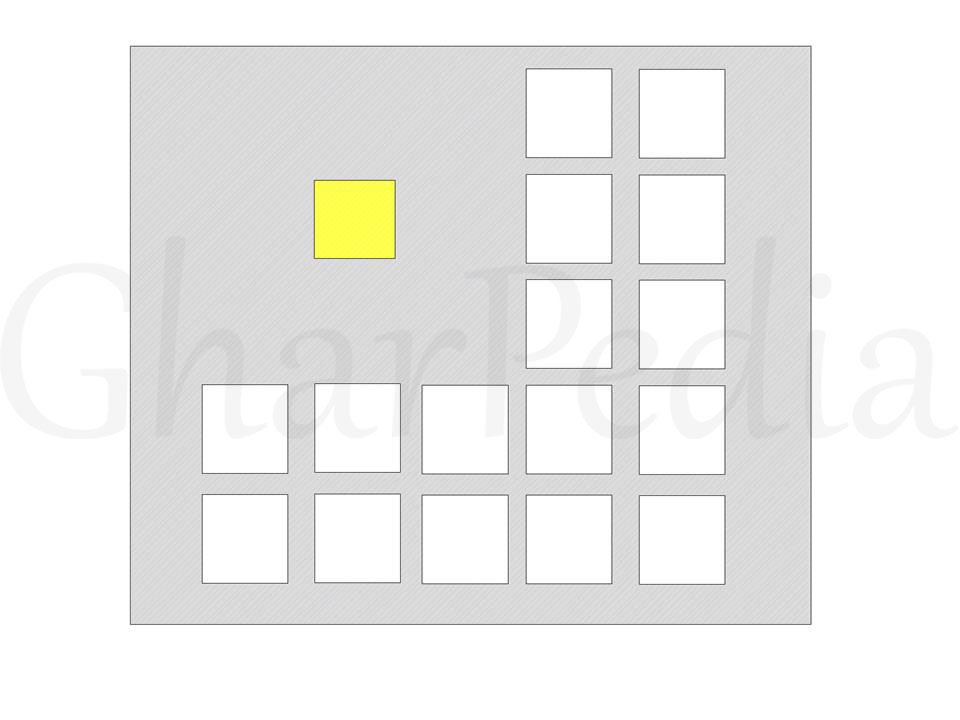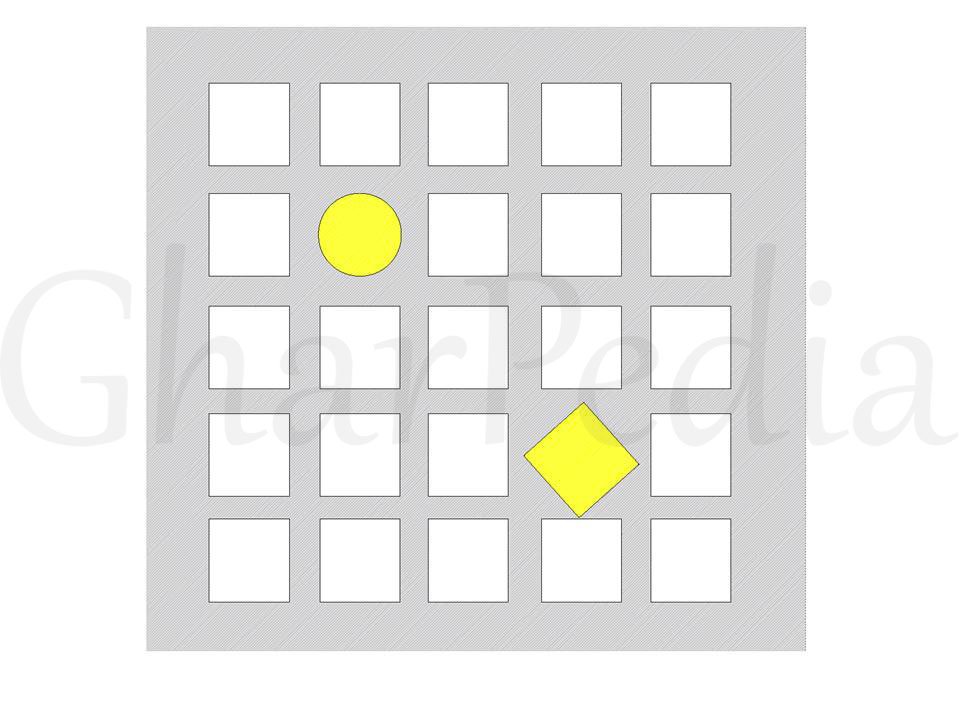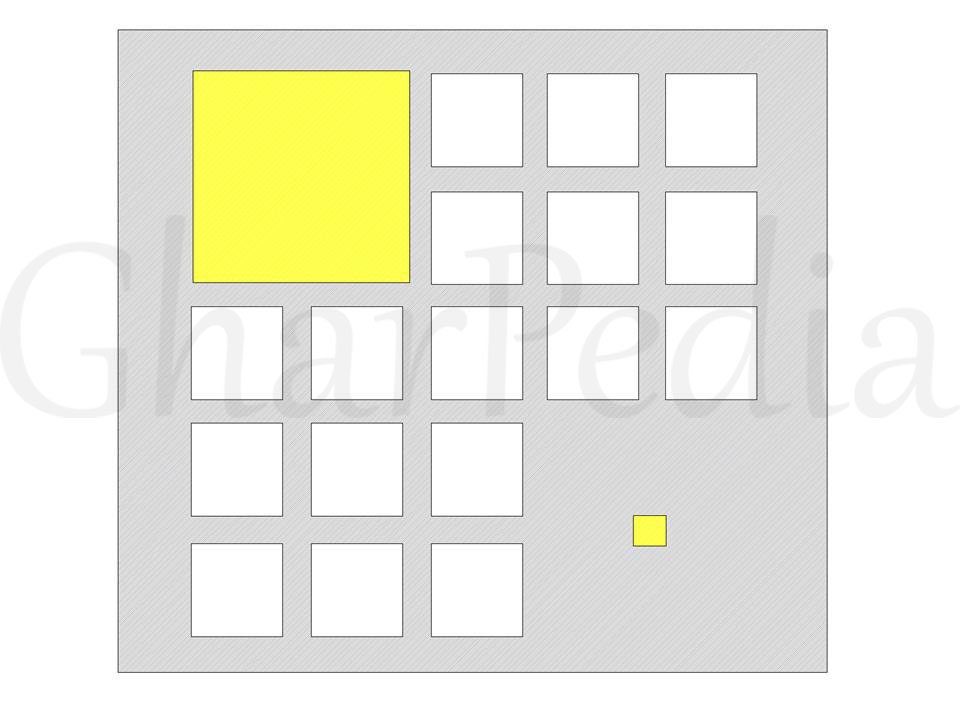Hierarchy is created when an element appears more important in comparison to other elements in the design. Hierarchy in architecture is generally used in building design and construction to emphasise the particular thing or part in a building. It influences the order in which the human eye perceives what it sees! This order is created by the visual contrast between forms in a field of perception.
The hierarchy in architecture is most often established through the use of its unique shape, size, colour, or placement. By following the design element or form it will be easily noticeable from the overall design which is aesthetically emphasised by an architect for the overall building design and construction.
There are three ways to classify hierarchy in architecture:
01. Create Hierarchy by Size
02. Create Hierarchy by Shape
03. Create Hierarchy by Placement
01. Create Hierarchy by Size:
A form or shape may dominate an architectural composition by being significantly different in size from all the other elements in the composition.
If one element is larger than another element in the design, it will appear more hierarchical. It is human’s natural tendency that we look at the largest element first in design. For example, if there are five arches in front façade of the building and one is twice the size of others; our attention will focus on the largest arch first for the particular building design and construction.
Normally, this dominance is made visible by the sheer (steep/vertical/transparent) size of an element

In some cases, an element can dominate by being significantly smaller than the other elements in the organisation, but placed in a well-defined setting.
02. Create Hierarchy by Shape:
A form or shape can be made visually dominant and thus important by clearly differentiating its shape from that of the other elements in the composition.

Generally, the differentiation in the hierarchy in architecture is based on a change in geometry or regularity. At the same time, it is also important that the shape selected for the hierarchically significant element be compatible with its functional use.
The element which has a different shape than other elements can also appear more hierarchical. We naturally look first at the irregular shape in building design and construction. The best example is the legislative assembly in Chandigarh which is designed by architect Le Corbusier. It is square in a plan where we can identify the hierarchy of space by the use of different structural forms as shown in figure i.e. entrance curvilinear roof, hyperbolic structure, pyramid roof.

03. Create Hierarchy by Placement:
A form or space may be strategically placed to call attention to itself as being the most important element in a composition.

Hierarchically important locations for a form or space for building design and construction include:
- The termination of a linear sequence or axial organisation.
- The centrepiece of the symmetrical organisation.
- The focus of a centralised or radial organisation.
- Being offset above, below, or in the foreground of a composition.
